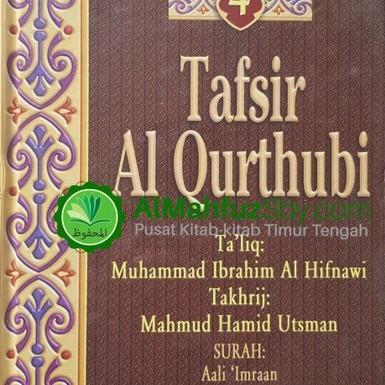This book is intended for programmers or anyone interested in learning how to develop video games on the Android platform. This book covers Android game development on 3 Chapters. Chapter 1: Computer Graphics Basics. This chapter gives an introduction to computer graphics, you will learn how computers represent 2D and 3D graphics through arrays of numbers that describe each attribute of a graphical object, like positions, normals, textures, etc. You will also learn the theory and math behind visual projections, movement and physics using vectors. Chapter 2: Graphics with OpenGL ES 2.0. This chapter will show you how to render graphics on the screen using the OpenGL ES 2.0 API, you will learn how to create programs called Shaders that will be executed by the GPU of the target device, using the programmable pipeline we will implement 2D and 3D examples showing how to simulate physics, 2D animation, cameras, different types of light, multi touch input and how to navigate through your graphical world. Chapter 3: 3D Modeling and Animation. This chapter will show you how to create 3D models with the help of 3D modeling software, from creating and sculpting basic structures, painting and mapping textures, to creating animations based on skeletons, also you will learn how to export your models and animations to external files, how to import them to your Android application and how to construct an skeletal animation system on the GPU through shaders. Finally we have Appendix A, B and C. A contains more useful information for loading models, using different shaders and we explore using C/C++ through the NDK, B contains the reference of the android classes we will be using, and C contains information on how to program for old devices that do not support OpenGL ES 2.0, when you finish reading the book you will know a lot of how video games are created and you will be ready to create any game as easy or complex as you want, but remember the most important thing of any game is not how complex it is, people will love your game for how fun it is.
... https://developer.qualcomm.com/mobile-development/mobile-technologies/
gaming-graphics-optimization-adreno/tools-and-resources They offer different
tools for graphics development, some solutions integrate with visual studio and C
++, ...






